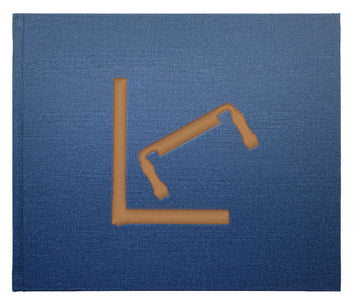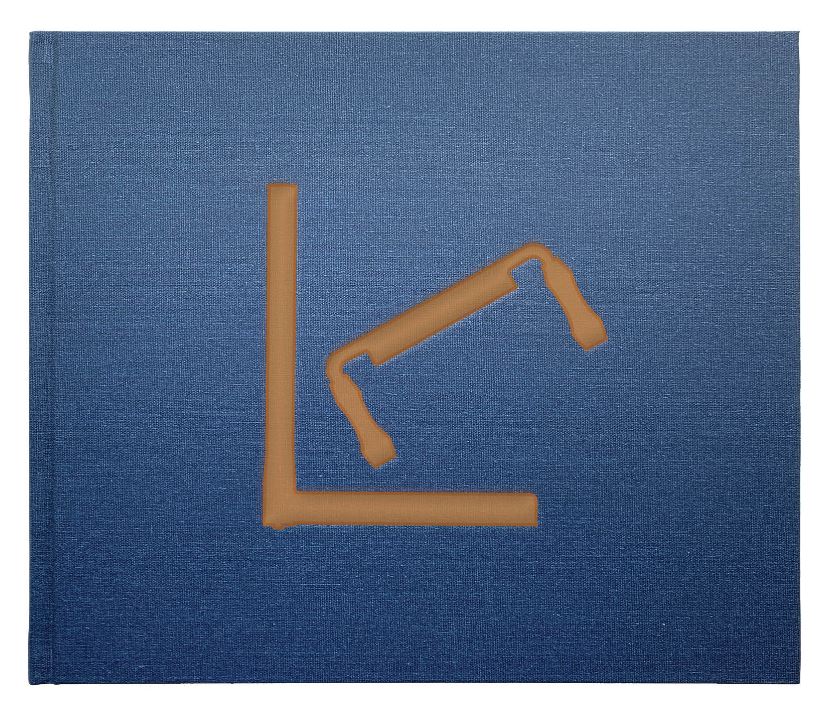

In 1978, Drew Langsner released his book “Country Woodcraft” to the world, and it sparked a movement – still expanding today – of hand-tool woodworkers who make things with mostly green wood.
The 304 pages of “Country Woodcraft” showed you how to split wood from the forest and shape into anything you might need, from a spoon to a bowl, from a hay rake fork to a milking stool, a pine whisk to a dining table.
After more than 40 years, Drew has revisited this long-out-of-print and important book to revise and expand it to encompass what he has learned since “Country Woodcraft” was first released.
The result is “Country Woodcraft: Then & Now,” which has been expanded by nearly 100 pages and has been updated throughout to reflect what Drew has learned since 1978. Among many other additions, it includes greatly expanded sections on building shavehorses, carving spoons and making green-wood bowls.
The original book’s text is intact, and the old photos are in black and white. Throughout the book, Drew has added text, which we set in a slightly different font, to explain what he does differently now after 40 years of daily work on the North Carolina farm he shares with his wife, Louise.
In many ways, the book is a delightful conversation between the younger Drew, who is happy to chop down trees with a felling axe, and the older Drew, who now uses an electric chainsaw and band saw to break down stock to conserve energy (and likely aspirin). New illustrations and color photos throughout show how Drew works now.
The most significant additions to the book include:
A detailed section on how to make your own sloyd knife from a piece of steel and block of wood – everything you need to know about shaping and heat-treating the steel. Plus how to fashion and attach the handle.
An extensive discussion of the different forms of shaving horses – the core workholding tool for this sort of work – and complete plans for the shaving horse that Drew prefers, the Z-Mule.
An enormous section on spoon carving, which is almost long enough to be a book in and of itself. Drew shows beginners how to make their first spoon and delves into more advanced techniques, including steam-bending blanks with Curtis Buchanan.
An almost-as-large section on carving bowls, which features many examples for inspiration.
A large chapter on the workbenches that are ideal for country woodcraft, including plans for the design that Drew prefers: a simple strong table with a laminated plywood benchtop.
What is also fascinating about “Country Woodcraft: Then & Now” is how much Drew has absorbed and adapted from his peers and the instructors at his Country Workshops school (which he retired from). You can feel the influence and interplay between woodworking greats such as Jennie Alexander, John Brown, Dave Fisher, Wille Sundqvist, Jogge Sunqvist and on and on.
If you are interested in getting started in green woodworking, “Country Woodcraft: Then & Now” is an ideal place to begin. If you have already gotten started in spoon carving, this book can take you into areas of the craft that are surprising, delightful and useful (check out the pine wisks).
About the Physical Book“Country Woodcraft: Then & Now” is 404 pages (1-1/4" thick), printed on #80 matte coated paper for superior image reproduction. The pages are sewn and taped for durability. The whole thing is wrapped by thick boards covered with cotton cloth. This is a permanent book. Like all Lost Art Press books, “Country Woodcraft: Then & Now” is produced entirely in the United States.
One unusual aspect of the book is its shape. The pages are 10.5” wide and 8.5” tall, and the book is bound on the short side of the page, what some people call landscape binding. This unusual binding was what was used on the original 1978 edition and we wanted to use that same binding in the modern edition.By Drew Langsner
